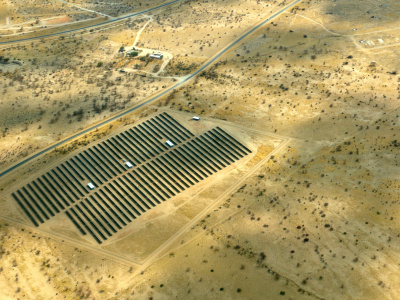
The geography of green iron and steel: New opportunities for Europe and North Africa
Poorva Karkare and Alfonso Medinilla examine the transition to green steel production. They investigate how complementing domestic steel decarbonisation with imports of hydrogen-derived hot briquetted iron from North Africa could support European steelmakers’ green ambitions.
Summary
Steel – accounting for 8% of global emissions – is a critical sector in which the technology exists to
decarbonise production. The transition to green steel production, therefore, is an important cornerstone
of Europe’s climate neutrality ambitions. Yet, high energy prices, delayed hydrogen projects and
competitive pressures have left European steelmakers at a crossroads. This paper investigates how
complementing domestic steel decarbonisation with imports of hydrogen-derived Hot Briquetted Iron
(HBI) from North Africa could support the greening ambitions.
Such a strategy could alleviate pressures on European steelmakers from high energy prices, diversify
supply chains and strengthen Euro-Mediterranean political and economic integration. For North African
countries, it represents an opportunity to attract green investment, develop local hydrogen economies
and access the EU’s greening market. However, political sensitivities around industrial job security in
Europe and the challenges of financing green industries in North Africa complicate collaboration.
The analysis concludes that a balanced approach, integrating local and imported decarbonised steel
inputs, can enhance competitiveness, create regional synergies, and scale up global markets for green
industrial products. Key recommendations include fostering interdependence through policy alignment,
derisking initial investments and ensuring equitable benefits for all stakeholders.





